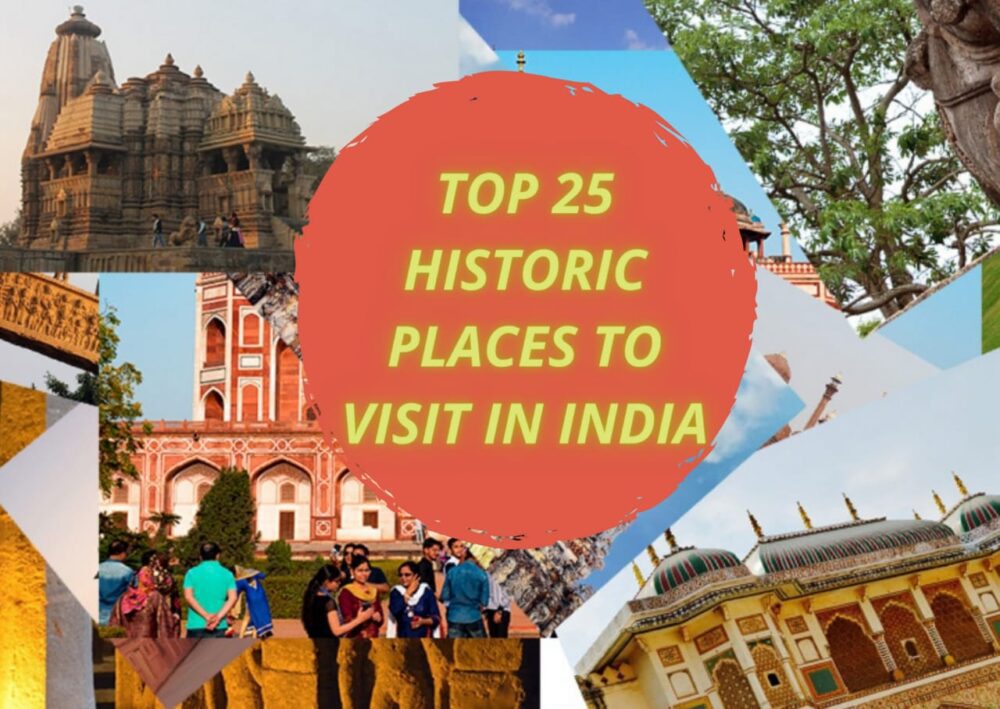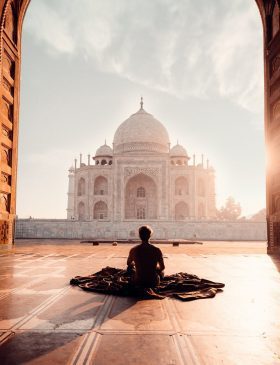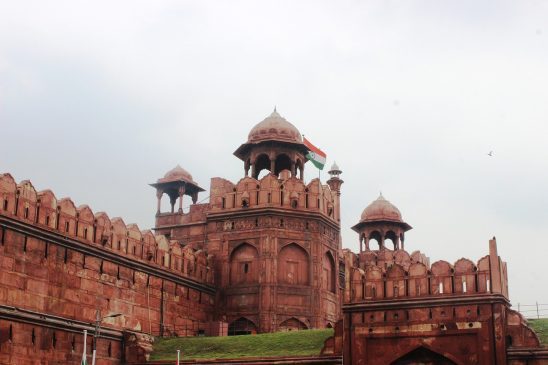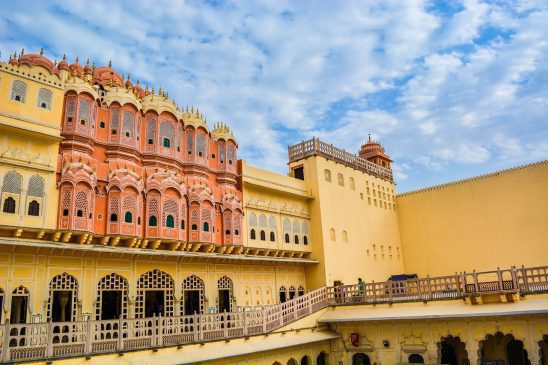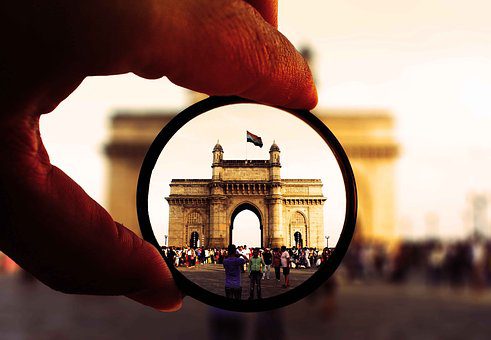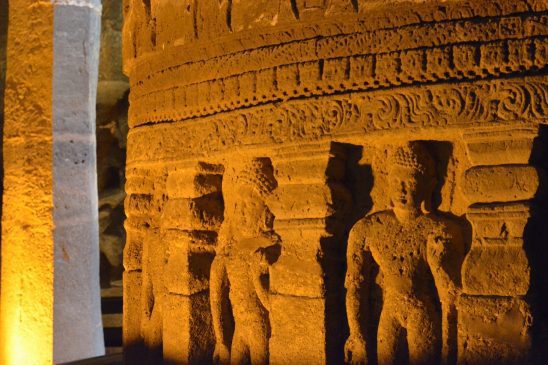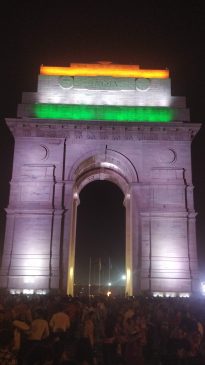India is a home to diverse communities, religion and kingdoms and their cultures and histories. Even today we get to learn about the epics of the past from the monuments built by our ancestors. These monuments were built to celebrate love, victory and losses, to hold time still forever and allows us to relive the moments of the past. These rich heritages are a gift by our ancestors to the generation that follows and are one of the best Historic places to visit in India. It glorifies the beauty and the wonderment of art and architecture of India.
All over the county there are various such less known historic monuments that preserve the legends and the tales of our rich history, that continue to teach us invaluable lessons. These monuments attract a lot of tourists from within and out of India. People who are passionate about knowing our history and culture should definitely visit these monuments. So here is a list of top10 historic places to visit in India.
1) Taj Mahal:
Taj Mahal is considered one out of the seven wonders of the world. It is located in Agra on the banks of river Yamuna. It is made up of ivory – white marble mausoleum, and was built by the great Mughal Emperor, Shah Jahan in remembrance of his beloved wife, Mumtaz Mahal. Taj Mahal houses the tomb of Mumtaz Mahal and Shah Jahan. It took almost 16 years to built this jewel of Muslim Architecture. The tomb is the centerpiece of the complex. It includes a mosque and a guest house, and is set in formal gardens bounded on three sides by a crenellated wall. Legends say that the king had cut off the arms of 20,000 artisans who built the Taj Mahal, to ensure that no such marvelous monument can ever be created. Here are the top Tajmahal mysteries you should know.
2) Red Fort:
Red Fort was built by a Mughal Emperor Shah Jahan, as a palace of his fortified capital Shahjahanbad. It achieved its name because it was built completely with red sandstones. This fort has witnessed its fair share of various historic moments like Nadir shah’s invasion, revolution of 1857 against the British and the trial and exiling of the last Mughal emperor. These black days stole the art, beauty and ancestral possessions of the fort and battles ruined the architecture of it. The artwork reflects a mixture of Persian, European, and Indian art. It covers an area of 254.67 acres. Every year the Prime Minister of the country hoist India’s tricolour flag on the Independence day, at the gates of the fort.
3) Hawa Mahal:
Hawa Mahal is a place located in Jaipur, built in 1799 by Maharaja Sawai Pratap Singh. It is made up of red and pink sandstones. It is a five-storey pyramid shaped palace, which is 15 meters tall. The architecture of the palace was such that it maintained the existing culture of those days. Like the small windows of the palace called Jharokhas were built to allow the royal ladies to enjoy and see the everyday life of the outside world while obeying the strict rules of the Purdah system. The uniqueness of the palace is reflected because of the Rajput style of architecture inspired from the unique structure of Khetri Mahal.
4) Gateway Of India:
It was built in the 20th century, to commemorate the landing of King George 5 and Queen Mary to India. It is located in South of Mumbai and overlooks the Arabian sea. It is one of the major source of attraction for people in Mumbai. It is popularly referred as the Taj Mahal of Mumbai. This monument is the evidence of the British Rule in India and its influence on Mumbai city during those days. Today one can marvel at the scenic beauty of the Gateway of India and can also enjoy a ferry ride from that gate. Opposite to it lies the famous Taj Hotel.
5) Victoria Memorial:
It is a large marble building, that was built in the memory of Queen Victoria. It is located in Kolkata city, on the banks of the river Hoogly. Today it has been turned to a museum that witnesses a thousand of tourists from all over the places. Its architecture is a mixture of Mughal and British elements. It was Lord Curzon’s idea to built the memorial upon the queen’s death, but the work was interrupted because of his departure, and later on it was started again. It took almost 15 years to complete it as it had faced various hurdles along its way. This museum helped us preserve the history of British rule.
6) Qutub Minar:

It is located in the Mehrauli area of Delhi. It is recorded under the UNESCO World Heritage Site. It is a 73 meter tall tower of five storey, and it contains a spiral staircase of 379 steps. This tower is one of the oldest beauty to have survived, as it was built by Qutb Ud Din Aibk, founder of the Delhi Sultanate, around the year 1192. In 1220, Aibak’s successor and son-in-law Shamsuddin Iltutmish, completed a further three storeys. You can see beautiful artwork in the form of calligraphy at the base and decorative motifs on upper level.
7) Ajanta Caves:
It is one of the oldest monuments to have survived the perils of time. It is an explicit example of the great Indian artwork, which is evident from its cave paintings, inscriptions and rock- sculptures. It is a symbol of early Buddhist Religious art. They are in total 30 hand carved caves.
8) Jallianwallah Bagh:
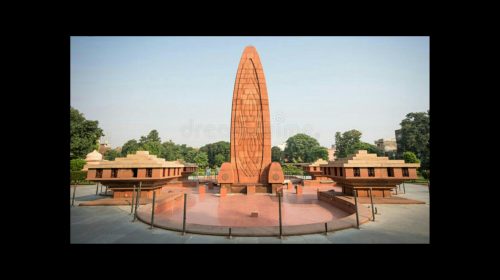
As we celebrate our culture and history through these monuments, one must never forget the sacrifices made by our ancestors and the lives we lost in the Jallianwallah Bagh massacre. This monument exists to remind us of the cruel deaths of hundreds of innocent people, and that we must pay our dues to them. It is located close to the Golden temple, it has a small entrance and it posses the holiest shrine of sikhism. One can still see the bullet marks on the wall of the 1650 bullets that were fired on the people during that beautiful day of Baisakhi.
9) India Gate:
Located in New Delhi, along the Rajpath, It is a war memorial. Earlier it was referred as ‘ Kingsway’. This beautiful piece of architecture was built to commemorate the death of thousands of soldiers of British Indian Army, who lost their lives in the First World War. Their names are inscribed on the Indian Gate, however one is restricted to take a closer look at those names. Such war memorials help us pay our respect to the loss and sacrifices of those heroes.
10) Charminar
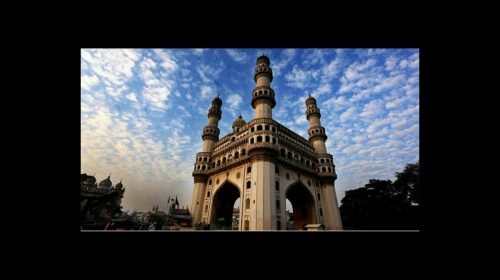
As the name suggested, Charminar refers to the four Minars, with a mosque at the top. It is located in Hyderabad, Telengana state of India, on the banks of river Musi. There are various assumptions behind the purpose of building Charminar, however it is assumed that it was belived that it was built by The fifth ruler of the Qutb Shahi Dynasty, Muhammad Quli Qutb shah, in 1591 after shifting his capital from Golkonda, to the newly formed city of Hyderabad. It was built to celebrate the eradication of the plague of Cholera.

